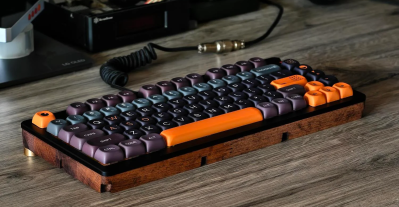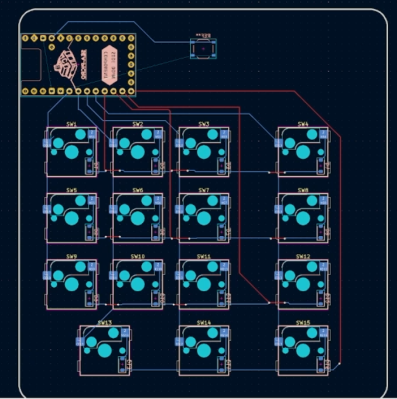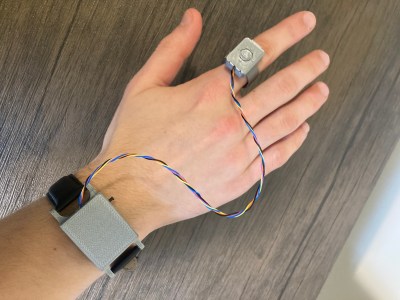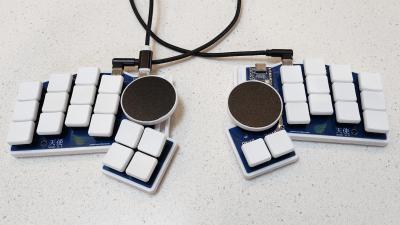[Nicholas LaBonte] shows off a Cyberdeck Handheld that demonstrates just how good something can look when care and attention goes into the design and fabrication. He wanted to make something that blended cyberpunk and nautical aesthetics with a compact and elegant design, and we think he absolutely succeeded.
On the inside is a Raspberry Pi and an RTL-SDR. The back of the unit is machined from hardwood, and sports a bronze heat sink for the Raspberry Pi. The front has a prominent red PSP joystick for mouse input and a custom keyboard. The keyboard is especially interesting. On the inside it’s a custom PCB with tactile switches and a ATmega32U4 running QMK firmware — a popular choice for DIY keyboards — and presents to the host as a regular USB HID device.
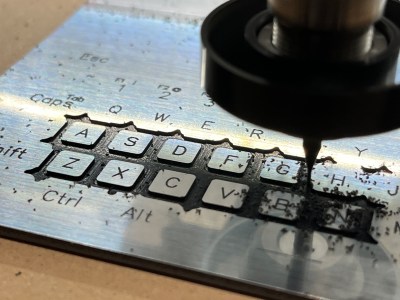
How did he make those slick-looking keys? It’s actually a single plate that sits between the front panel and the switches themselves. [Nicholas] used a sheet of polymer with a faux-aluminum look to it and machined it down, leaving metal-looking keys with engraved symbols as tabs in a single panel. It looks really good, although [Nicholas] already has some ideas about improving it.
On the right side is the power button and charging port, and astute readers may spot that the power button is where a double-stack of USB ports would normally be on a Raspberry Pi 5. [Nicholas] removed the physical connectors, saving some space and connecting the USB ports internally to the keyboard and SDR.
As mentioned, [Nicholas] is already full of ideas for improvements. The bronze heat sink isn’t as effective as he’d like, the SDR could use some extra shielding, and the sounds the keyboard ends up making could use some work. Believe it or not, there’s still room to spare inside the unit and he’d maybe like to figure out a way to add a camera, GPS receiver, or maybe a 4G modem. We can’t wait! Get a good look for yourself in the video, embedded below.



